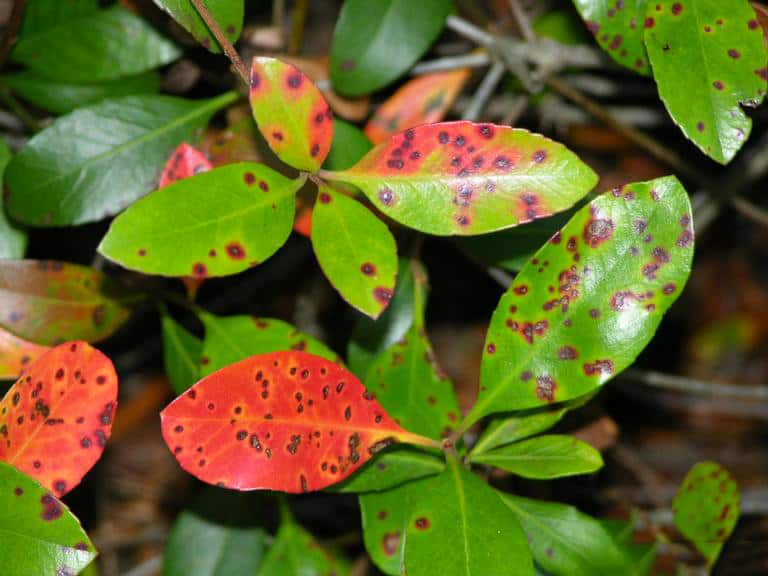Howard Wallace, from the Columbus County Center gives a detailed and actionable report on our common plant diseases in NC, and what you can do about them. Including specific remedies, products, or upkeep habits.
There are some common issues we face gardening in NC, especially up in the mountains. I found this video really helpful in avoiding some easy pitfalls like leaf spot or root rot that can creep up on you. For those who love to mulch as much as me, the volcano mulching warning is a good reminder. I included a transcript below you can scan through.
The production set is yea a bit old school... but listen in while you're doing something else, this basic info is incredibly helpful!
Expert Insights on Managing Common Plant Diseases in Your Garden
Introduction
Meet Howard Wallace: Your Gardening Guide
” My name is Howard Wallace, the County Extension Director for Columbus County Cooperative Extension. Many of you might remember me from my days hosting “Spotlight.” Back then, and even now, my focus has always been on horticulture. Today, I’m here to share some valuable insights, just like I used to do on my solo shows.
Spring in the Air: Time for Garden Care
Observing Nature’s Signals
Spring is here! The azaleas are blooming, and our grasses are greening up. It’s the perfect time to start thinking about our home landscapes and gardens. But with the beauty of spring comes the challenge of dealing with insects, weeds, and plant diseases.
Tackling Common Plant Diseases
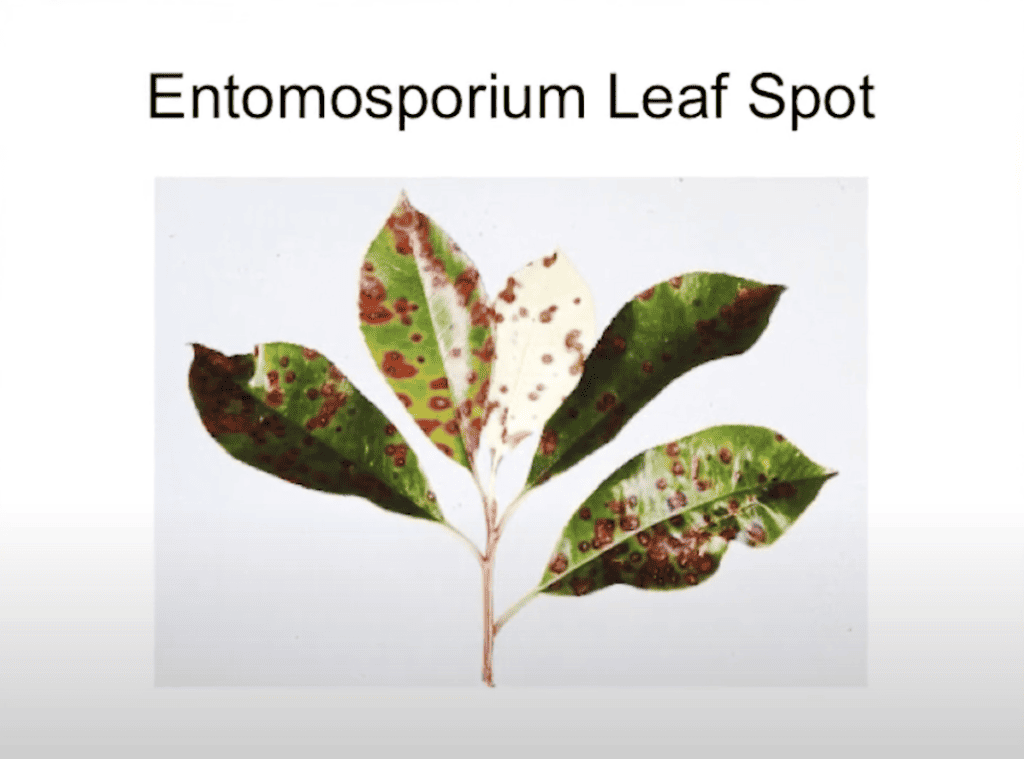
Identifying and How to Treat Entomosporium Leaf Spot
One common issue in our shrubs is Entomosporium Leaf Spots. This disease, easily identifiable by red spots on leaves, affects plants like red tips or Indian Hawthorne. If left uncontrolled, it can lead to defoliation and even death of the plants. The disease spreads through water, so good sanitation and the use of fungicides like Daconil are essential for control.
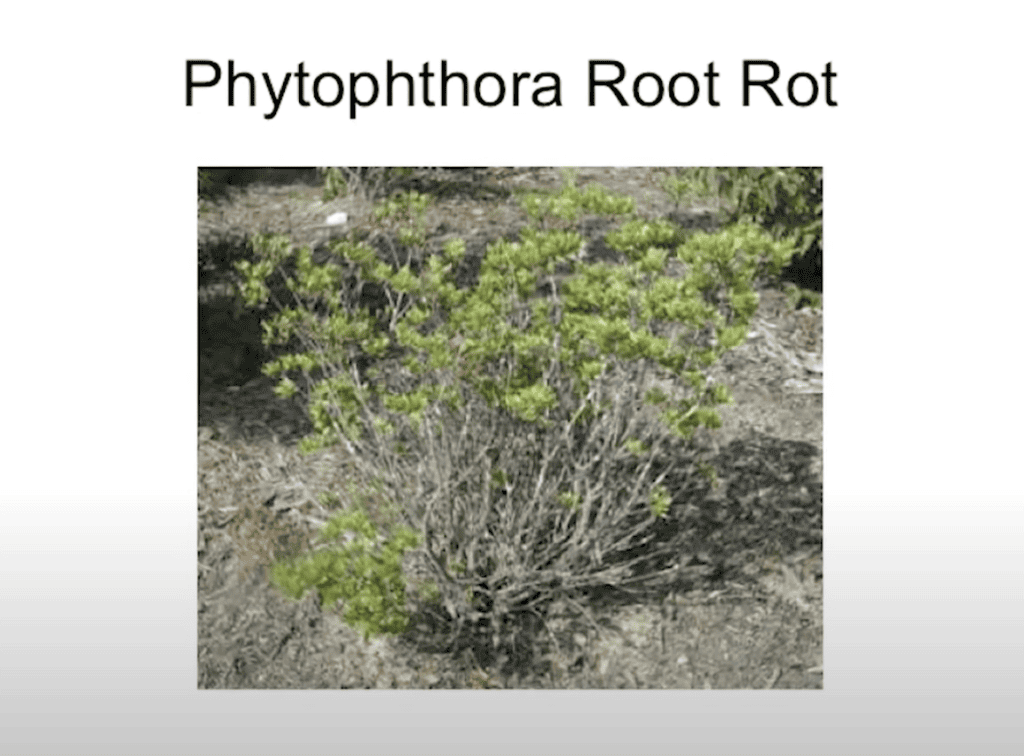
What Does Root Rot Look Like? Battling Phytophthora Root Rot
Another prevalent disease is Phytophthora Root Rot, often seen in boxwoods and azaleas. This aggressive soil-borne fungus causes yellowing and defoliation of leaves. Unfortunately, there’s no chemical solution for this. The best approach is to ensure well-drained soils and proper planting techniques. Varieties like Nelly R Stevens Holly show good resistance to this disease.
Preventing Volcano Mulching
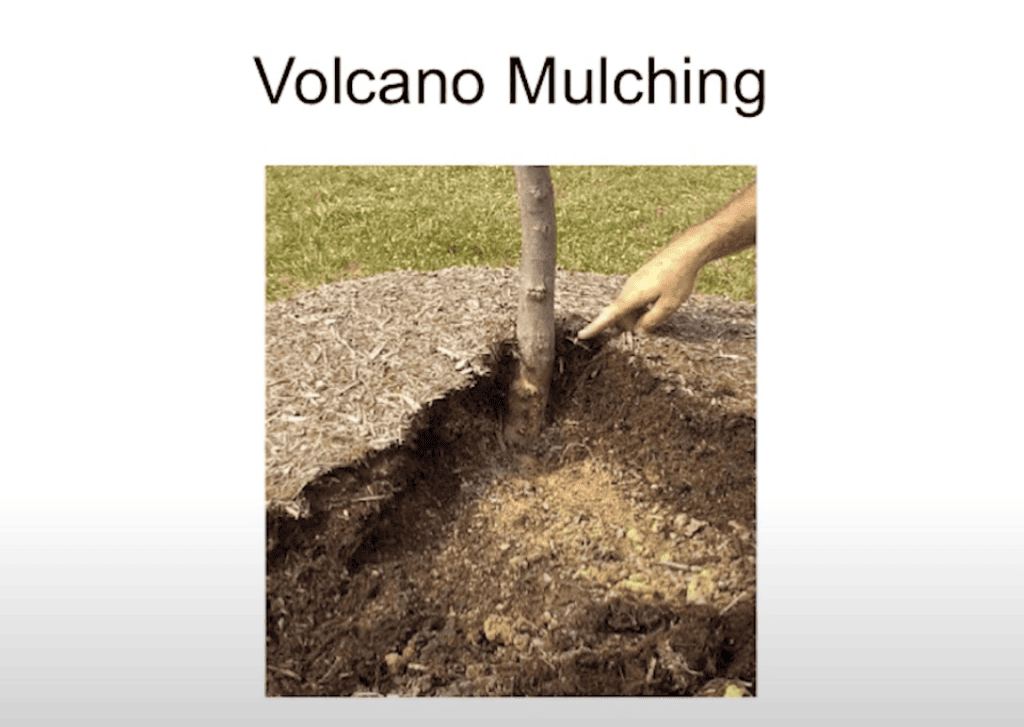
A Common Mistake in Garden Care
A significant issue I often see is volcano mulching, where excessive mulch is piled up around the base of trees and shrubs. This practice can lead to moisture retention, bark damage, and eventually, the death of the plant. It’s crucial to maintain only about an inch of mulch to keep your plants healthy.
Addressing Lawn Diseases
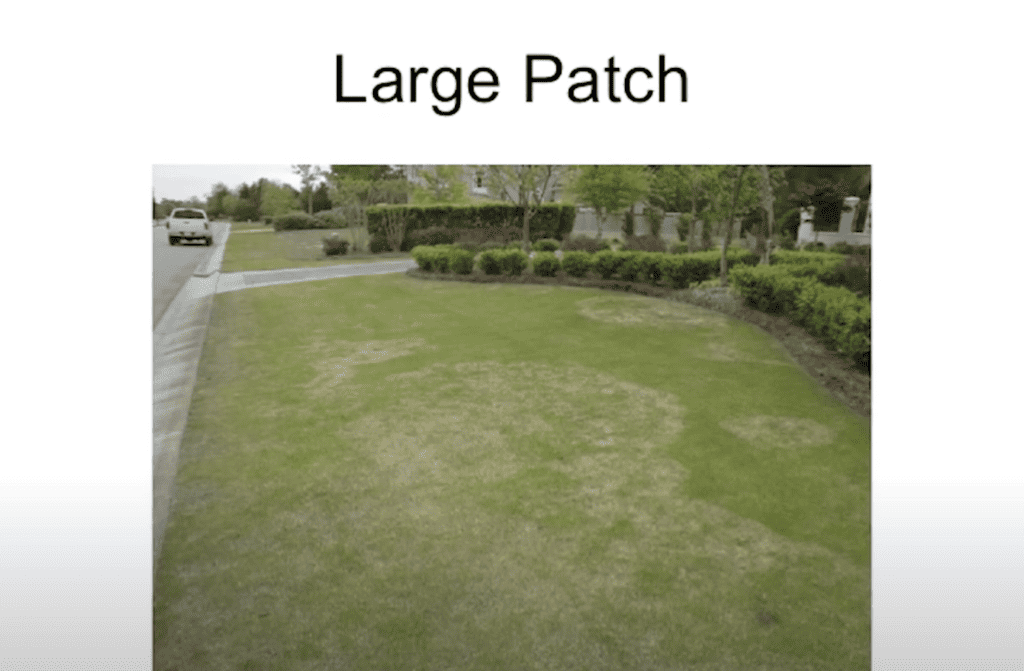
Dealing with Large Patch
Large Patch is a common lawn disease, characterized by large, discolored patches in the grass. Excessive nitrogen and compacted soils exacerbate this problem. Aeration and proper watering are key to strengthening the grass and combating this disease. Remember, there’s no chemical cure for Large Patch; prevention is your best strategy.
General Tips for Disease Prevention
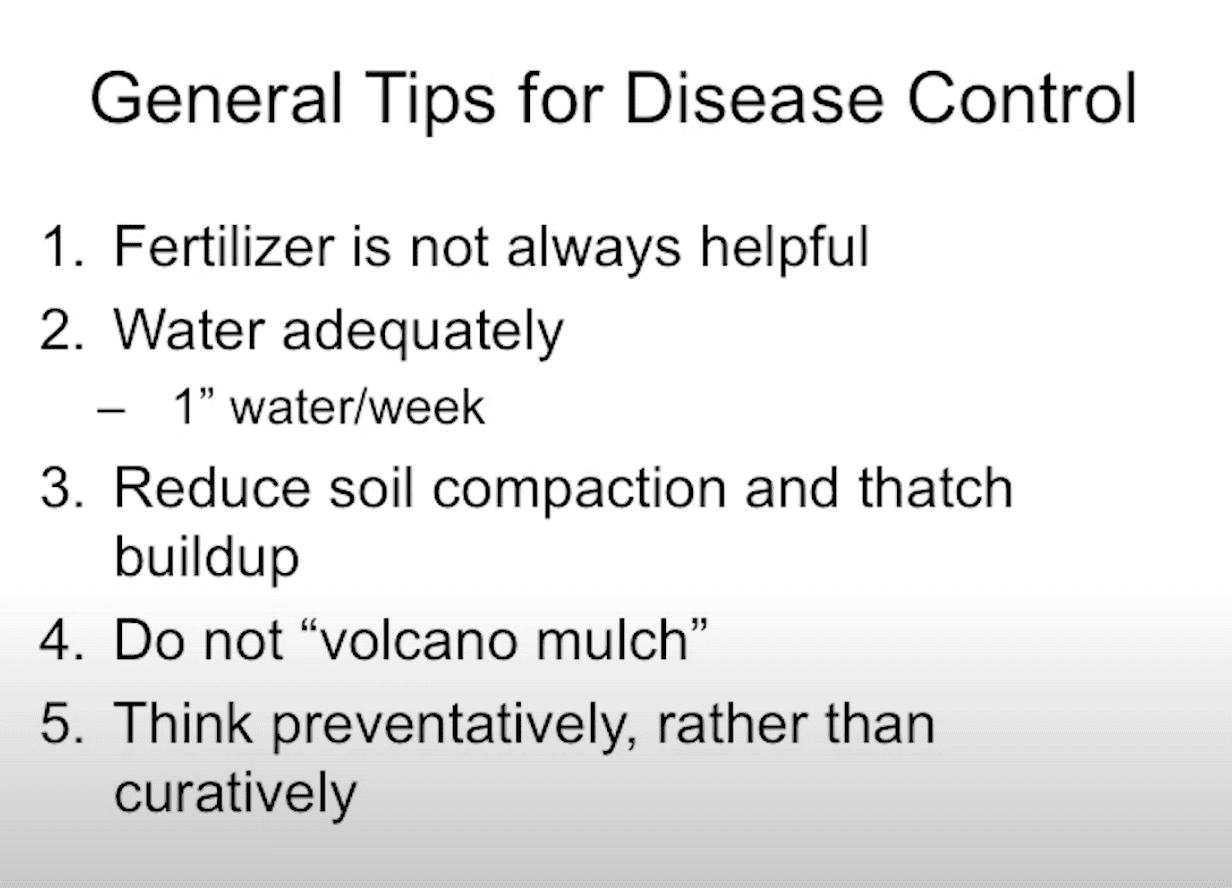
Smart Gardening Practices
- Fertilizer Use: Fertilizer is not always the answer. Plants create their food through photosynthesis, and fertilizers are just additional nutrients. Soil testing is crucial to determine the need for fertilization.
- Watering: Ensure your lawn and plants receive adequate water, about an inch per week.
- Reducing Soil Compaction: Regular aeration can prevent thatch buildup and improve the health of your lawn.
- Preventative Measures: Think preventatively rather than curatively. Many diseases don’t have effective fungicide treatments, so long-term prevention is key.
Conclusion
Your Go-To Resource for Gardening Queries
If you have any questions about plant or lawn diseases, feel free to reach out to me, Howard Wallace, at the extension office in Whiteville. Join us again next time on Spotlight North Carolina Cooperative Extension for more educational information. Thank you for joining us today! “
